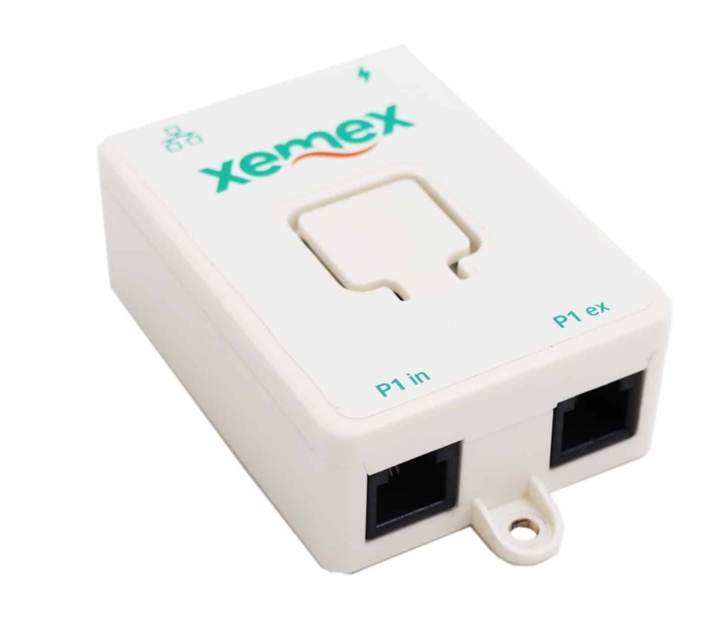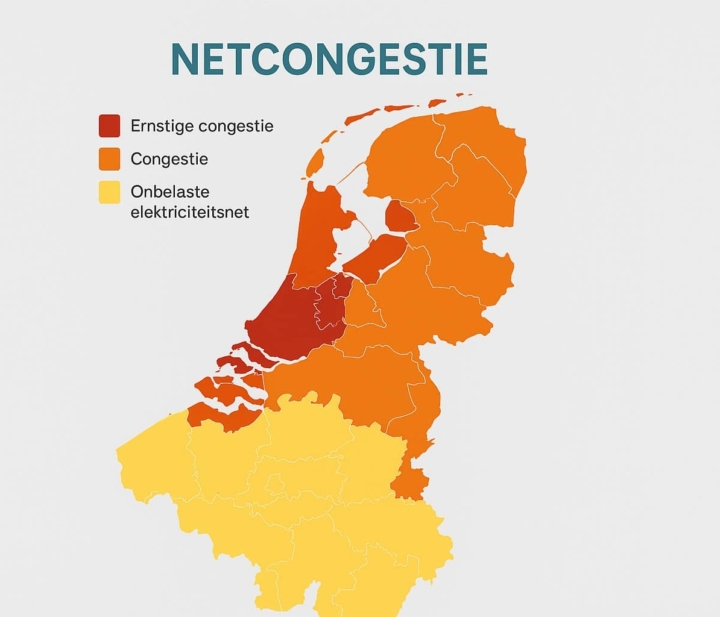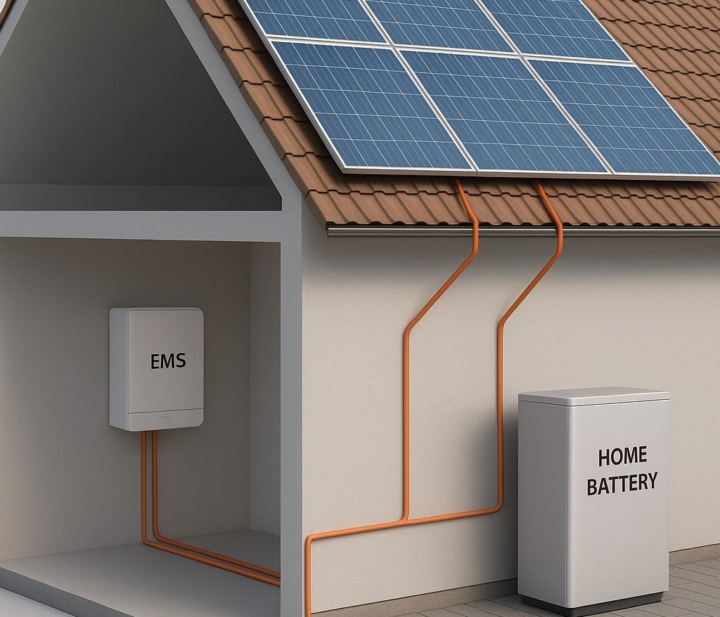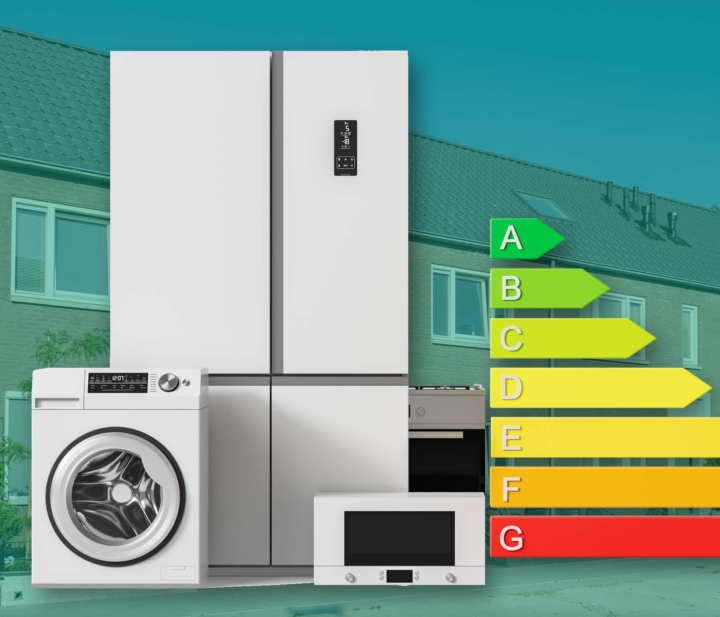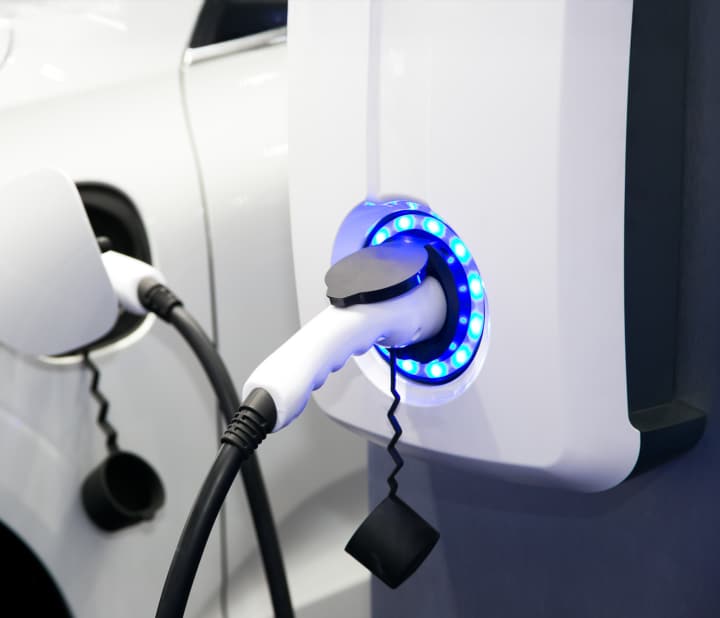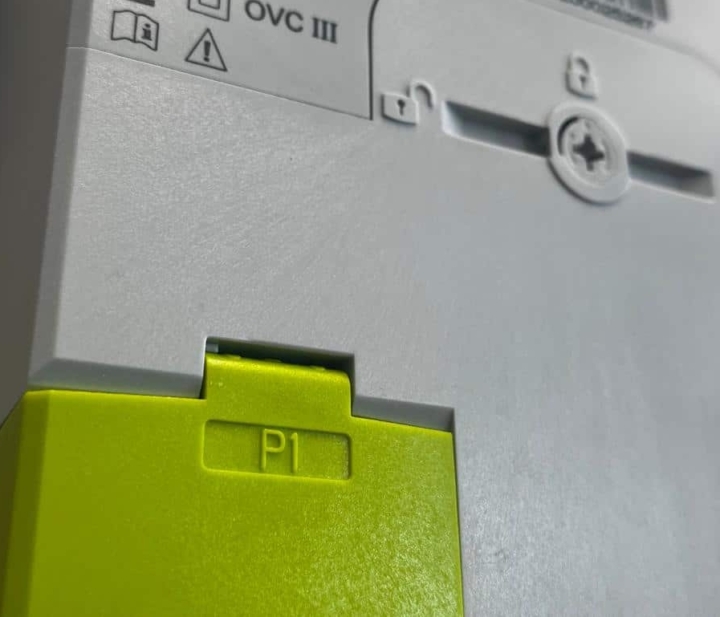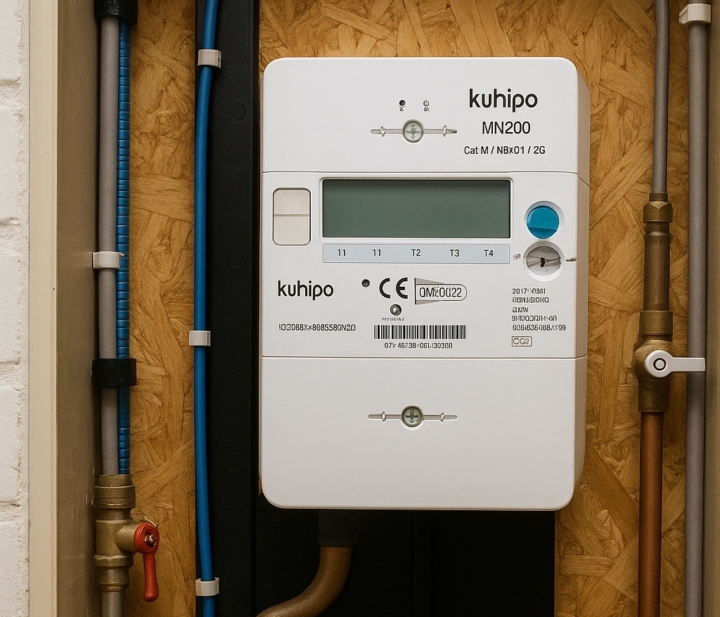What is a P1 meter – and what can you do with it?
Your smart meter is more than just a digital display showing your consumption. Under the surface, it holds a stream of real-time data about your electricity and gas usage, your grid load, and your solar generation. By accessing this data through the P1 port, you can actively manage your energy consumption. The method of using and interpreting this data is often referred to as using a P1 meter—though it’s not a device in itself, but rather a way of reading your meter.
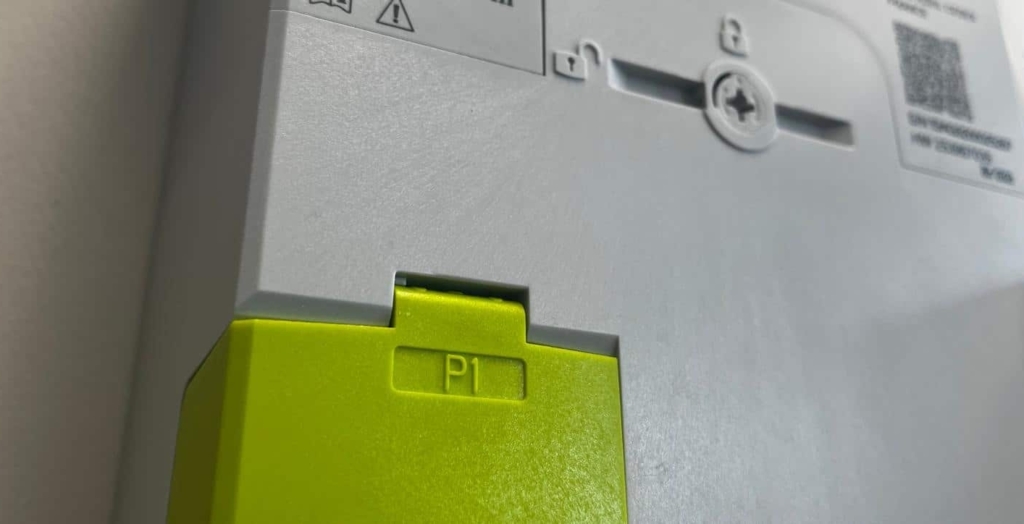
This data can be used for monitoring, reducing energy waste, and supporting automated processes such as EV charging, home energy management, or adapting to dynamic energy tariffs.
The P1 port of your smart meter: what is it and where can you find it?
The P1 port is a communication interface located on your smart meter—typically found at the bottom or side of the casing. It looks like a phone jack (RJ11 or RJ12) and acts as a direct output for all your real-time measurement data. Questions like “Where is the P1 port on my smart meter?” or “What does the P1 port do?” are common—and essential—if you want to access the full potential of your meter.
With the right hardware, such as a converter or dongle, you can read and use this data. Depending on your meter’s protocol (for instance DSMR 4.2 or DSMR 5), the data is updated every 10 seconds or even every second. That update frequency is especially important for applications that require fast responses, such as load balancing or home energy management systems (EMS).
How does P1 meter reading work?
Once connected to the P1 port, a dongle or converter reads the raw data and converts it into a standard format—such as Modbus or MQTT. This makes it easy to integrate the data with your charging station, EMS, or home automation system.
In practice, this gives you continuous insight into:
- Current and historical electricity and gas consumption
- Solar energy production and grid return
- Voltage, current levels, and power quality
This creates a real-time snapshot of your energy flows. Combined with dynamic pricing, it becomes possible to actively shift your energy usage based on hourly price changes. Curious how this works? Explore our article on dynamic tariffs.

A practical example: from insight to action
Imagine a home with rooftop solar panels and an electric car. By reading the smart meter through the P1 port, the system knows when you are producing energy and when your car is charging. When combined with a charging controller or EMS, your car can be charged automatically—using your own solar power and avoiding grid overload.
Or think of a household on a dynamic electricity contract. By monitoring your real-time consumption and price signals, you can shift energy use to cheaper hours.
Installing and connecting a P1 meter
Setting up a P1 connection is easier than it sounds. In most cases, you’ll follow these basic steps:
- Plug a standard RJ11 or RJ12 cable into the P1 port of your smart meter.
- Connect the other end to a dongle or converter.
- Configure the device via a web interface or address settings.
- Integrate the data into your EMS, charging station, or dashboard.
Depending on your smart meter model (such as a Kaifa meter with P1 port), additional power may be needed. Some models—like the Smart P1 Connect—support various power supply options (USB-C, adapter) or even direct power from the P1 port if DSMR 5 is used.

Praktisch voorbeeld: van inzicht naar actie
Neem het voorbeeld van een woning met zonnepanelen en een elektrische auto. Dankzij de uitlezing via de P1-poort weet het systeem wanneer er stroom wordt opgewekt én hoeveel de auto nodig heeft. Door dit aan elkaar te koppelen – bijvoorbeeld via een EMS of laadpaal met load balancing – kun je ervoor zorgen dat je auto oplaadt op het moment dat je zelf stroom opwekt. Zo verlaag je je energierekening, belast je het net minder en gebruik je je opwekking optimaal.
P1-ready solutions
Xemex offers several solutions to make P1 meter reading accessible, reliable, and scalable:
- Smart P1 Connect – A compact dongle with WiFi, Ethernet, MQTT, and Modbus TCP support. Easy to configure.
- P1MB Converter – DIN-rail mounted, designed for industrial use. Communicates via RS-485 (Modbus RTU).
- P1 splitter support – Connect multiple systems to one P1 port if needed.
All solutions are designed with flexibility and interoperability in mind—whether you’re a homeowner or a system integrator. Want to understand the technical side of these interfaces?

Want to know more about the P1 meter?
The P1 port on your smart meter is a valuable access point to your real-time energy data—if you know how to use it. If you’re ready to get started with reading your meter or exploring which solution fits your needs, dive into the Xemex Knowledge Base, or explore our pages on energy management, load balancing, and dynamic pricing integration.
The P1 meter is not a product—it’s a way to unlock data and turn energy insight into smarter, more sustainable decisions.
Always ready to start
Wondering what we can do for your organization? Contact Xemex and discuss your needs with our team. Together we will realize a solution that addresses your energy challenges and opens up new possibilities.
Burgemeester Burgerslaan 40
5245 NH 's-Hertogenbosch, The Netherlands
Metropoolstraat 11a
2900 Schoten; Belgium
